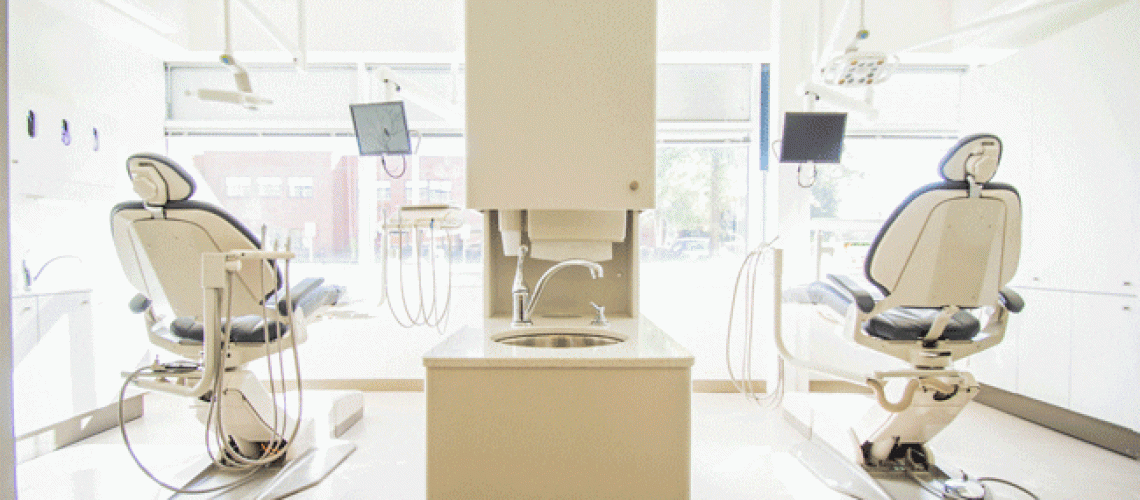WHAT is socket preservation grafting?
Socket preservation grafting is essentially what it says – a procedure which preserves the tooth socket after tooth extraction by use of grafting. In medical terms, it involves the extraction of a tooth with “as little trauma as possible, often with the assistance of periotomes or root sectioning.”1 The dental surgeon then clears the debris “and if bleeding is insufficient, the socket may be perforated toward the palatal or lingual aspect with a round bur to ensure a good clot.” During this procedure usually the surgeon adds a graft to the socket. This graft can be made of bone from animals, human bone or synthetic materials.2 It acts as a filler in the space, and can sometimes even enhance the ridge contour.1 After the dentist places the graft in the socket, they “usually covers it up with a collagen membrane, then sutures the opening to keep it closed.” 2
WHY choose socket preservation grafting?
When an individual’s tooth is removed for any reason, such as a typical wisdom tooth removal procedure or a severely infected or decayed tooth, a small hole is left behind where the tooth once was. There are several reasons a dentist may recommend socket preservation grafting2:
- the procedure can leave the patient with sensitivity in the area
- choosing socket preservation grafting preserves the alveolar ridge (bone surrounding teeth roots-necessary if a patient wishes to get a future implant)
- the dental surgeon is attempting to prevent the blood clot protecting the socket from coming loose, in turn exposing the nerve. (i.e. dry socket)2
Some dentists do not see the value in this procedure, in turn they do not offer it when the tooth is extracted, but most find it improves the look of the remaining gums and teeth and also can make the process of eventually get an implant down the road much easier.2
WHAT does socket preservation grafting do and why should I get it?
“As the Journal of the Canadian Dental Association notes, it’s not uncommon for the bone that previously supported the tooth to melt away once the tooth is removed – it doesn’t serve a purpose anymore.”2 When this bone melts away, it can leave behind gaps, in turn, “teeth can move out of alignment”. To prevent this from happening, most dentists choose to perform socket preservation grafting at the same time they extract the tooth.2
HOW to care for your socket preservation grafting?
Like any procedure, it is important to care of the surgical area. Your dentist will most likely suggest you avoid brushing your teeth for at least 24 hours. They will also ask you to avoid pressure or dry socket causing activities such as: using a straw or smoking, or even eating harder foods which could affect the healing site.2
When getting any medical procedure, it is important to discuss all of your options and the the pros and cons with your doctor.
REFERENCES
- “Controversies in Office-Based Surgery” Shahme Ahamed Farook, in Maxillofacial Surgery (Third Edition), 2017 found on ScienceDirect.com.
- Freeman, Amy. How Socket Preservation Helps After a Tooth Extraction. Colgate.com. Found on 19 December 2019. URL: https://www.colgate.com/en-us/oral-health/procedures/tooth-removal/socket-preservation-after-tooth-extraction-0316
- Referenced: Tassos Irinakism DDS, Dip Perio, MSc, FRCD(C). “Rationale for Socket Preservation after Extraction of a Single-Rooted Tooth when Planning for Future Implant Placement”. Journal of the Canadian Dental Association. Found on 19 December 2019. URL: http://www.cda-adc.ca/jcda/vol-72/issue-10/917.pdf?_ga=2.157111995.1856177560.1576802478-1831092543.1576802478




